Mexico City, the vibrant heart of a nation steeped in history and culture, calls out to the wanderer with tales untold and a mix of experiences that spark curiosity.
For those who love to travel and seek deeper connections, it’s not just a place to visit but a journey to understand humanity and oneself better. In this mysterious cityscape, there’s an open invitation to explore the diverse aspects of life that shape this ancient yet modern city.
Don’t miss these tours that are worth taking in Mexico City.
Chapultepec Park and Castle
Chapultepec Park, known in Spanish as “Bosque de Chapultepec,” is a vast and historic urban park in Mexico City, one of the largest city parks in the Western Hemisphere, encompassing over 686 hectares (1,695 acres) of green space.
It is not only a recreational haven for residents and visitors but also a cultural and historical landmark, featuring museums, lakes, monuments, and the renowned Chapultepec Castle. The name “Chapultepec” comes from the Nahuatl language, meaning “at the grasshopper’s hill.”
Perched atop Chapultepec Hill, the highest point in the park, Chapultepec Castle is a historic palace that has served many roles over the years: from a military academy to an imperial residence, a presidential home, and now, the National Museum of History. Its origins trace back to the early 19th century, making it the only royal castle in the Americas that was actually used to house sovereigns – Emperor Maximilian I and Empress Carlota during the Second Mexican Empire.
Most of the signage is in Spanish, so if you’re looking to gain a deeper understanding of the castle, I’d suggest signing up for a guided tour.
get the downloadable
mexico city guide
The Soul of Art: Frida Kahlo Museum
No exploration of Mexico City is complete without paying homage to Frida Kahlo, whose life and work remain a beacon of resilience and introspection. The iconic Blue House, her intimate universe, offers a glimpse into her inner world, inviting you to contemplate your own creative forces and the profound impact of art on individual transformation.
It’s important to note that you need to book your visit in advance to see the Frida Kahlo Museum as only a limited number of people can visit a day. If you want to take photos, you’ll need to pay extra at the door. I suggest doing a guided tour if you’re interested in learning more about her life because most of the signage is only in Spanish.
Palacio de Bellas Artes
The Palacio de Bellas Artes stands as a monument to artistic aspiration and the harmonious blend of varying architectural styles, namely, neoclassical and art nouveau.
The Palacio de Bellas Artes serves as the premier cultural venue in Mexico City, hosting some of the most important events in music, dance, theatre, opera, and literature. It is home to several resident companies, including the Ballet Folklórico de México and the National Symphony Orchestra.
The palace also contains a bookstore, a restaurant, and temporary exhibition halls that feature works by both Mexican and international artists.
The Palacio de Bellas Artes has been declared a UNESCO World Heritage Site as part of the Historic Center of Mexico City. Its enduring beauty and cultural significance make it a must-visit destination for anyone looking to immerse themselves in Mexico’s artistic traditions and architectural splendor.
Floating Memories: Xochimilco
One of the most memorable things to do in Mexico City is by far floating down the Chinampas in Xochimilco. There’s a peaceful charm in Xochimilco, where colorful trajineras leisurely cruise along ancient canals.
This tradition, steeped in history, bursts with music and laughter, capturing the vibrant essence of Mexican culture and the deep connection to water as a life source. It’s a place where you’ll spot tourists and locals alike on the water.
Carved long ago by Aztec hands, the canals of Xochimilco showcase a civilization’s cleverness and harmony with nature. Today, these waterways serve as a lively gathering spot that comes to life with laughter and music, especially on the weekend. If you’re exploring in a small group, think about joining a tour for a more enjoyable canal cruise.
As you navigate these ancient waterways, boat vendors glide by the fleet, offering everything from colorful flower crowns to the tempting aroma of street corn. And for a bit of fun, have a mariachi band float alongside your trajinera – just remember to bring some cash for a tip.
Museo Nacional de Antropología
The National Museum of Anthropology (Museo Nacional de Antropología) in Mexico City is one of the world’s most comprehensive and significant museums dedicated to anthropology and archaeology, particularly regarding the pre-Hispanic heritage of Mexico. Situated in the expansive Chapultepec Park, the museum showcases an extensive array of artifacts from Mexico’s ancient civilizations, including the Aztecs, Mayans, and many others, making it a cornerstone for understanding Mexico’s indigenous cultures and history.
It’s huge and can be a little overwhelming but the key things to see are:
- The Stone of the Sun: Often erroneously referred to as the Aztec Calendar, this massive stone disk is perhaps the museum’s most famous piece.
- The Aztec Hall: Houses the replica of the Templo Mayor and artifacts related to the Mexica (Aztec) civilization, including a model of Tenochtitlán, the capital of the Aztec empire.
- The Maya Hall: Contains artifacts from the Mayan civilization, including stelae and the reconstruction of the tomb of the great Mayan ruler Pakal the Great.
- Olmec Colossal Heads: Massive stone representations of human heads, believed to depict ancient Olmec rulers, some of the earliest known Mesoamerican civilization and the civilization responsible for honoring Cacao.
Again, most signage is in Spanish so if you’re interested in gaining a deeper understanding of what you’re looking at it’s best to go on a guided tour.
Teotihuacan: The Aztec Temples
If there’s no list of things to do in Mexico City that doesn’t tell you to journey beyond the confines of the city to Teotihuacan, and there’s a reason for that. It’s an unreal experience that can’t be missed.
Teotihuacan, whose name evokes the grandeur of a civilization that once considered itself the City of the Gods, reveals the zenith of pre-Columbian culture through its majestic ruins. Established around the 1st century AD and thriving until the 7th century AD, it was a melting pot of cultures, innovation, and spirituality, influencing Mesoamerican history far beyond its own era.
I suggest going on a guided tour where you can decode every stone and symbol, revealing the stories and wisdom within. Walking through Teotihuacan with a knowledgeable guide lets you uncover layers of time, providing insights into this incredible ancient civilization and the shared human hopes and fears.
If you’re looking for a genuine cultural experience, try the ancient Temazcal ritual near Teotihuacan’s sacred grounds. This traditional steam bath isn’t just about cleansing the body; it’s a spiritual renewal, reconnecting you with Earth’s ancient elements. Participants come out not just refreshed but also feeling more connected to the spiritual essence of this land.
The Most important Thing: Eat!
One of the absolute best things to do in Mexico City is hands down to eat.
Indulge in an exploration of taste that goes beyond mere sustenance to become an exploration of culture and heritage. Mexico City has endless options of food, all stemming from the vast cultural landscape across Mexico, and of course, the dishes that are native to the Chilangos (people of Mexico City)
The best way to get a taste of the best is to embark on a guided food tour to savor the diversity of Mexican cuisine, where you’ll learn that each dish offers a story of flavors, traditions, and the communal bond of sharing a meal. Plus, there’s no shortage of great restaurants in Mexico City, so prepare to eat your way through your time in Mexico.
La Ciudadela Market
La Ciudadela Market invites you to discover the exquisite craftsmanship of Mexican artisans. Here, amidst the vibrant array of traditional crafts and souvenirs, engage in the timeless dance of bargaining, each purchase an act of honoring the skill and passion woven into every creation. From hand-painted pottery to intricate textiles, this marketplace is a treasure trove of Mexican culture and art.
As you wander through the maze of stalls, listen to the stories behind each piece from the friendly vendors. Learn about the cultural significance of patterns and designs, and let your curiosity guide you in finding that perfect piece to take home as a reminder of your journey.
La Ciudadela Market is not just a place to shop, but also a space for cultural exchange and appreciation. Soak in the vibrant energy of the market as you immerse yourself in the rich history and creativity of Mexican artisans. And don’t forget to take a moment to reflect on the beauty and importance of preserving traditional crafts in a world where mass production dominates.
Slow Sundays: Exploring Colima and The Amsterdam Ring
For a relaxed way to spend your Sunday, take a leisurely walk down Colima Street in Roma Norte or cruise around the Amsterdam Ring in Condesa and take in the local vibe of enjoying a slow Sunday. These areas are alive with artsy and bohemian energy, perfect for reflecting on the beauty of everyday life, the bonds we create, and the paths we travel, both outside and within.
Colima is a beautiful street that you’ll find yourself on time and time again while you’re in Roma Norte. It’s lined with cafes, restaurants, galleries, and markets with people pouring onto the street in every direction. If it’s sunny, stop at the MAIA (no affiliation) art gallery to see what they have on, and enjoy a vegan ice cream from the on-site creamery.
The Amsterdam Ring encircles Parque Mexico and is a popular place to take a stroll on any afternoon, but it’s especially alive on Sundays. The walking path that is engulfed in trees makes for a little oasis of nature in the middle of the city. There’s plenty to see along the stroll, from cafes to some of the best stores for snagging artisanal souvineers, like Rufina or Básico de México.
Experiencing Lucha Libre
Among the things to do in Mexico City, experiencing a Lucha Libre match is a spectacle not to be missed. This high-flying wrestling form is a colorful blend of athleticism and theatricality, deeply rooted in Mexican culture.
Attending a match is more than just watching a sport; it’s immersing yourself in a tradition where masked luchadores (wrestlers) embody the eternal struggle between good and evil. The energy in the arena is electrifying, with fans cheering passionately for their masked heroes. For an unforgettable evening, don your own mask and dive into the raucous spirit of Lucha Libre, a true highlight of Mexico City’s vibrant nightlife.
Exploring Zócalo
Venturing into the Zócalo, the grand main square of Mexico City, is walking through layers of history, culture, and daily life – a quintessential thing to do in Mexico City. As one of the largest city squares in the world, it has been a gathering place since Aztec times.
Surrounded by historic buildings, including the majestic Metropolitan Cathedral and the National Palace with its stunning Diego Rivera murals, the Zócalo is a living museum of Mexico’s past and present. Here, you can witness the dynamic pulse of the city: from political protests to cultural festivals, every visit offers a unique snapshot of the capital’s heart.
Visit to Templo Mayor
Begin your exploration where the very essence of Mexico City takes root – Templo Mayor. This ancient Aztec temple stands as a poignant testament to the civilizations that once flourished here, resonating with the echoes of a distant past.
This grand temple was once the central religious and political hub of Tenochtitlán, the capital of the Aztec empire, which later became Mexico City following the Spanish conquest in the 16th century. Also, a fun note that I learned on my guided tour is that the church that you’ll find on-sight is the first church that the Spanish built in Mexico City when they arrived, which seemed to be the theme of their conquest, building churches wherever there were temples.
Mexico City, with its diverse range of experiences, acts as a reflection of our complex selves, encouraging us to delve into not only the world around us but also the depths within. Its streets, museums, and ancient ruins prompt us to look inward, push our boundaries, and write our own tales in this amazing city. It reminds us that traveling isn’t just about going places but about exploring our inner selves, where each new insight brings us closer to understanding our role in the human story.

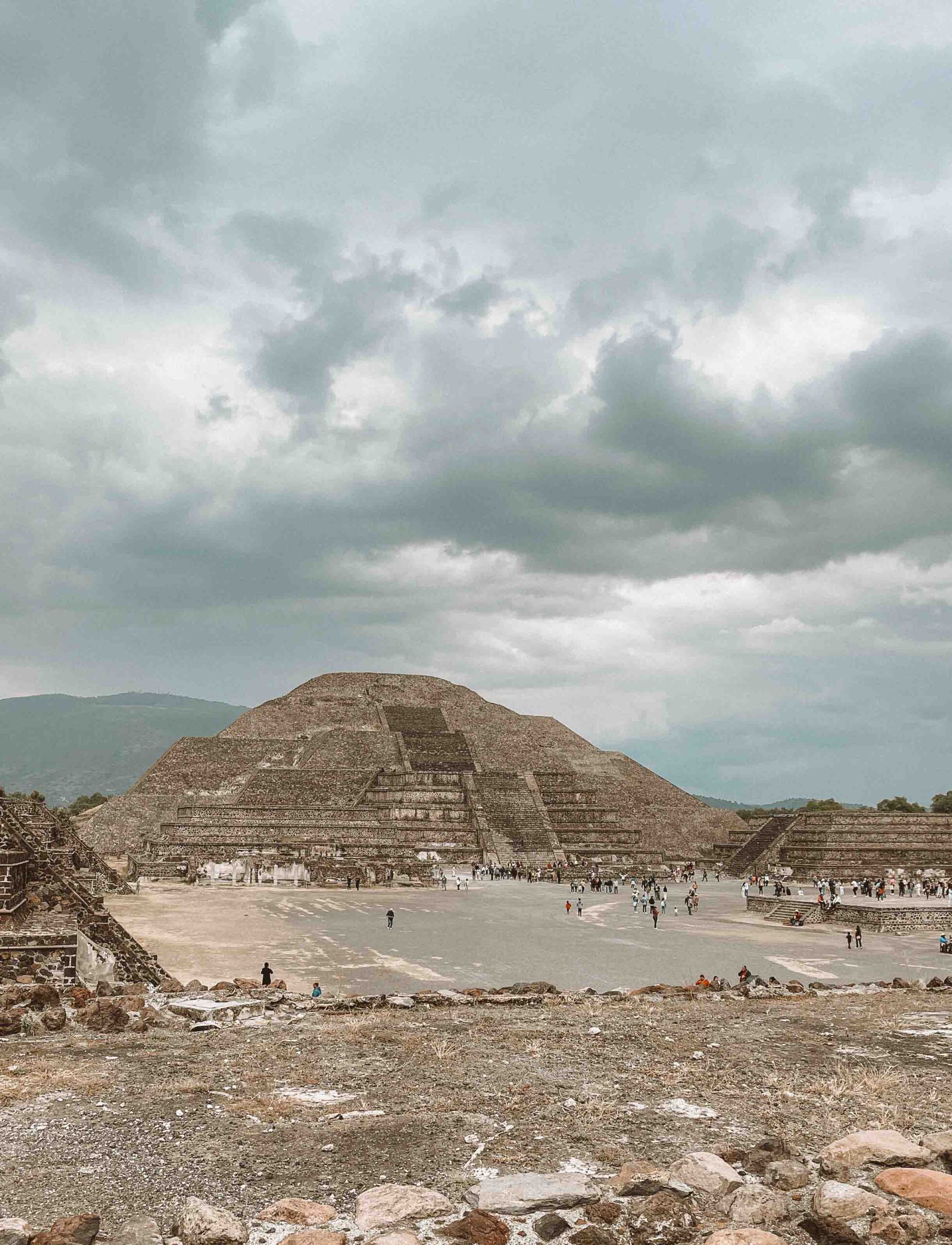

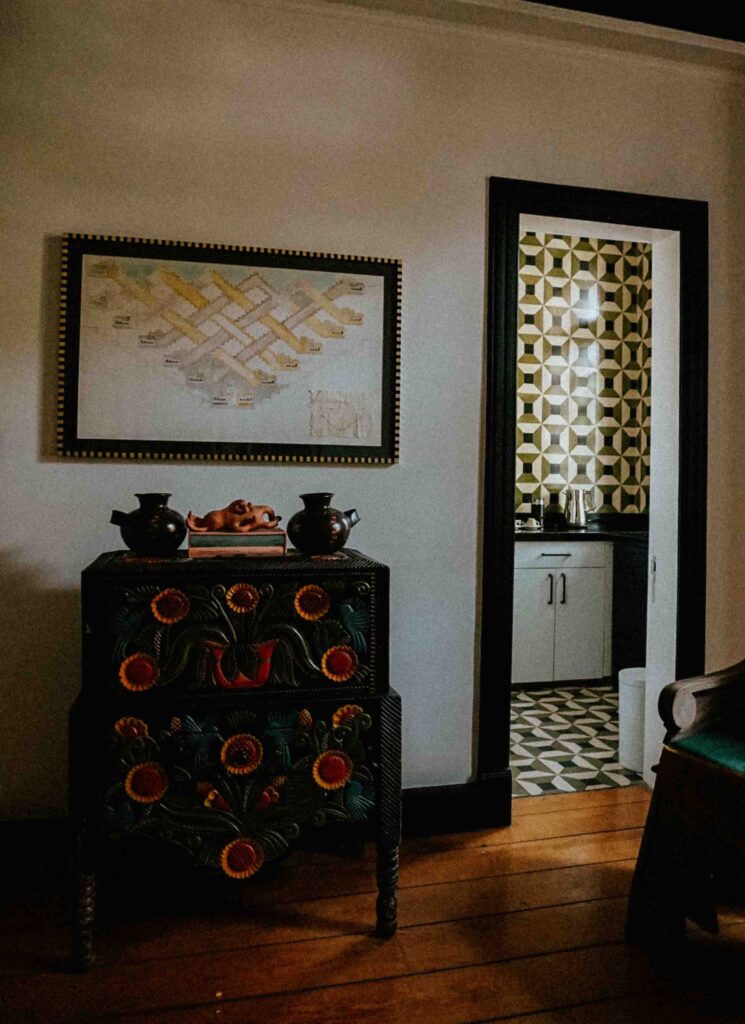

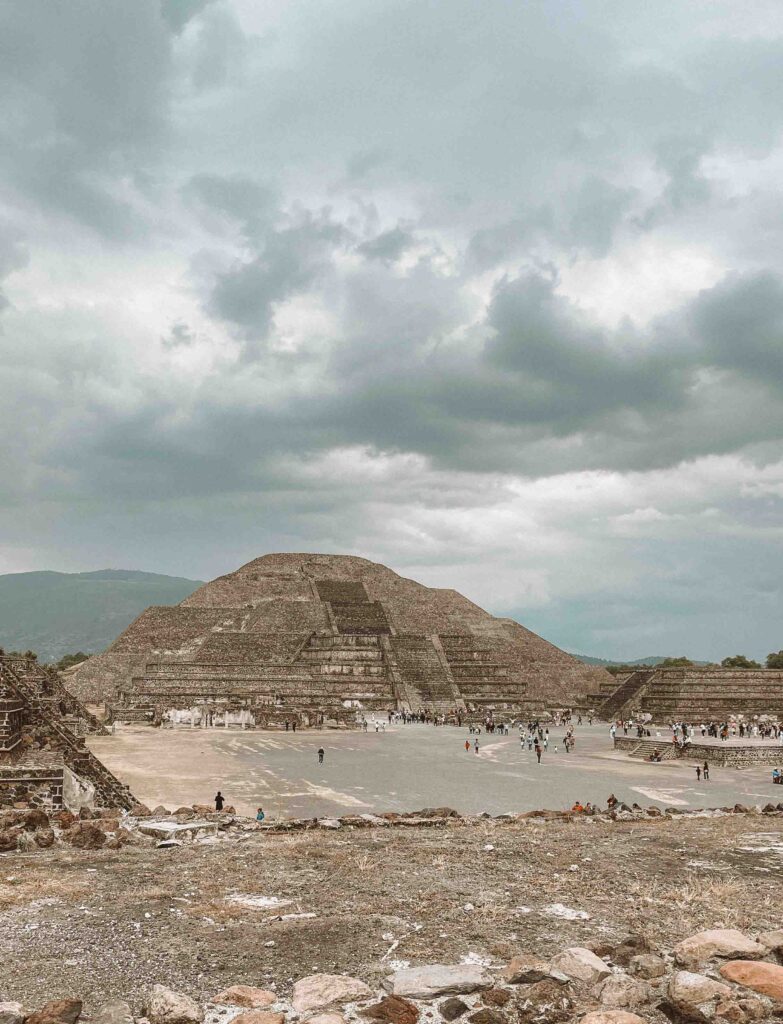

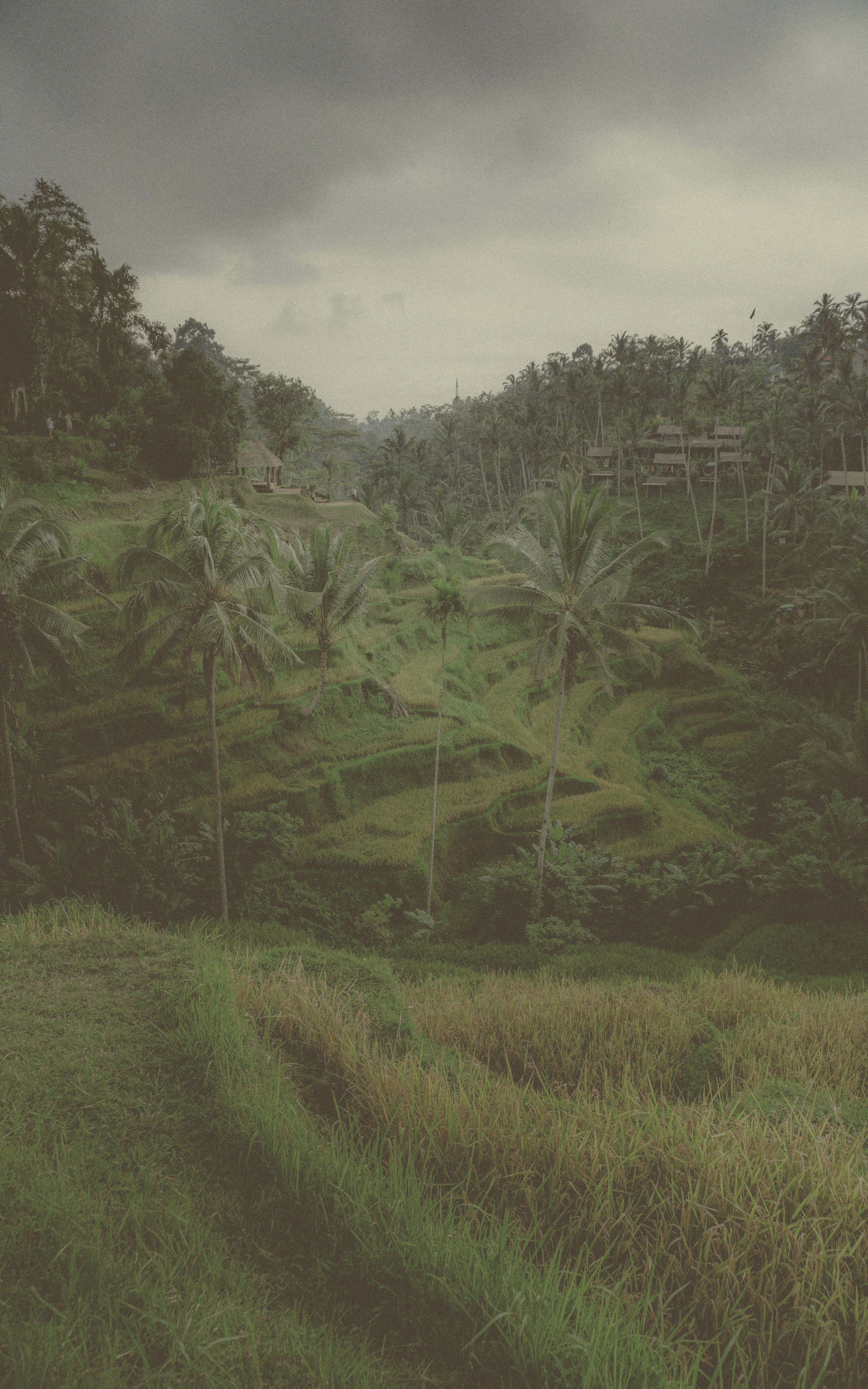
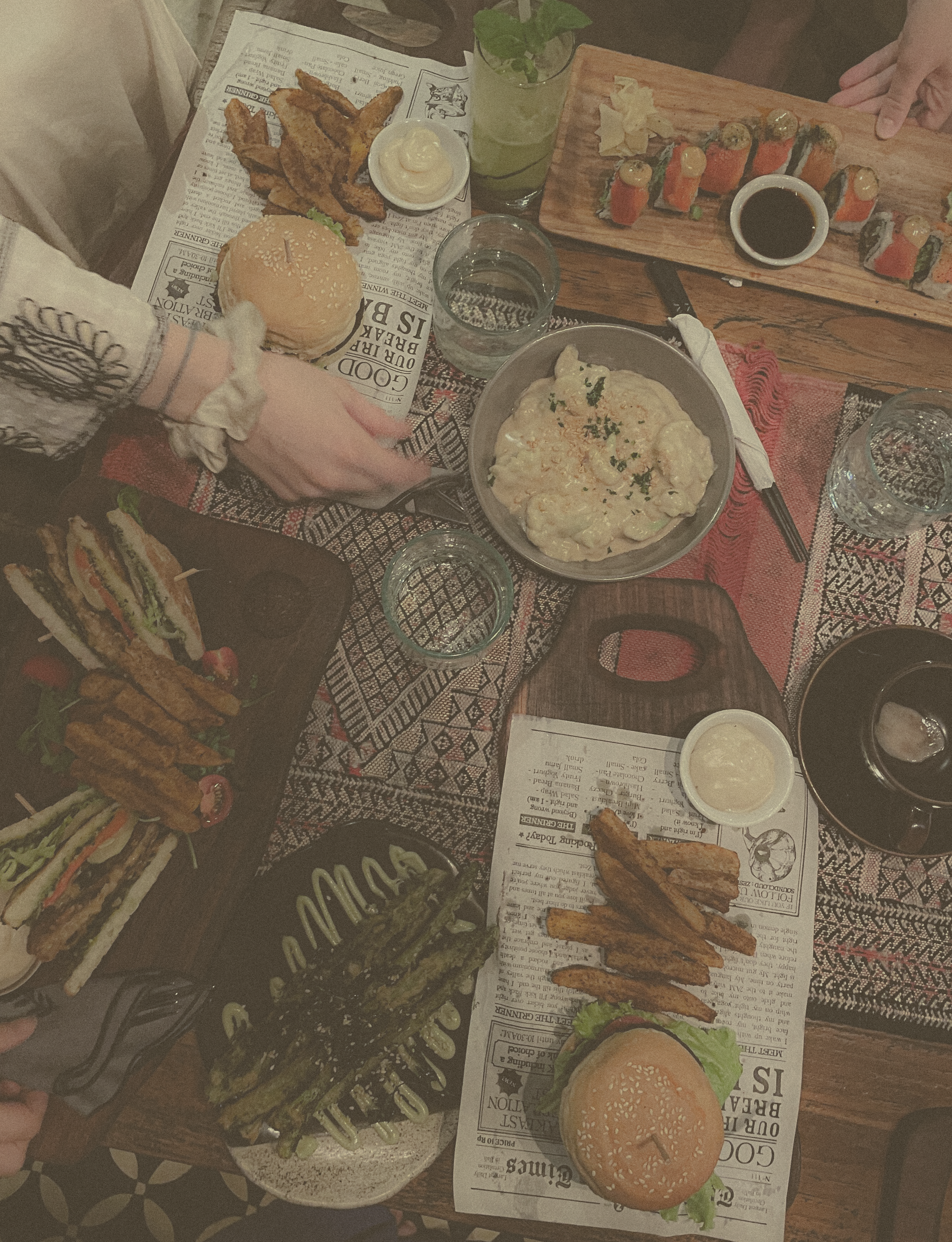
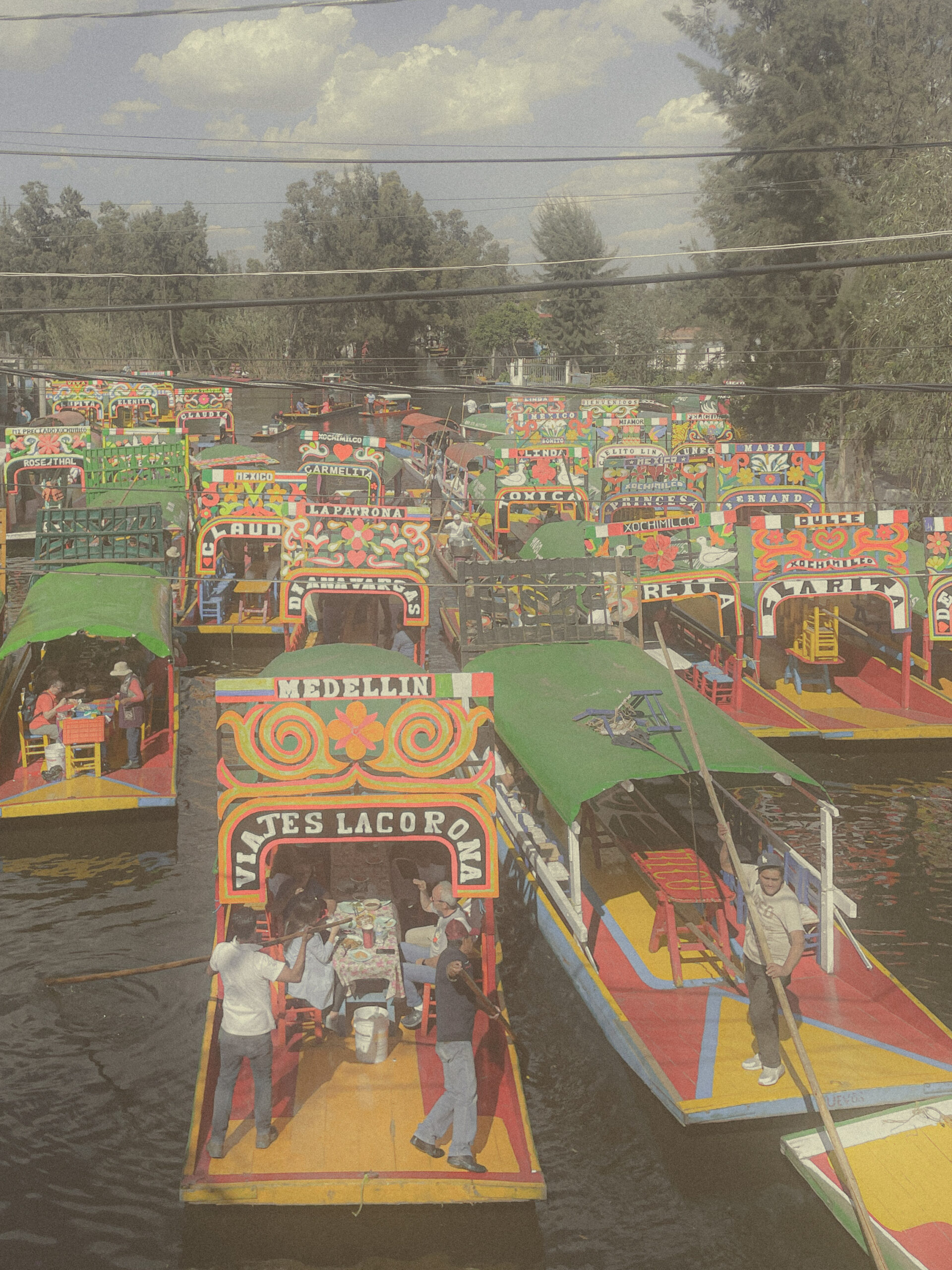

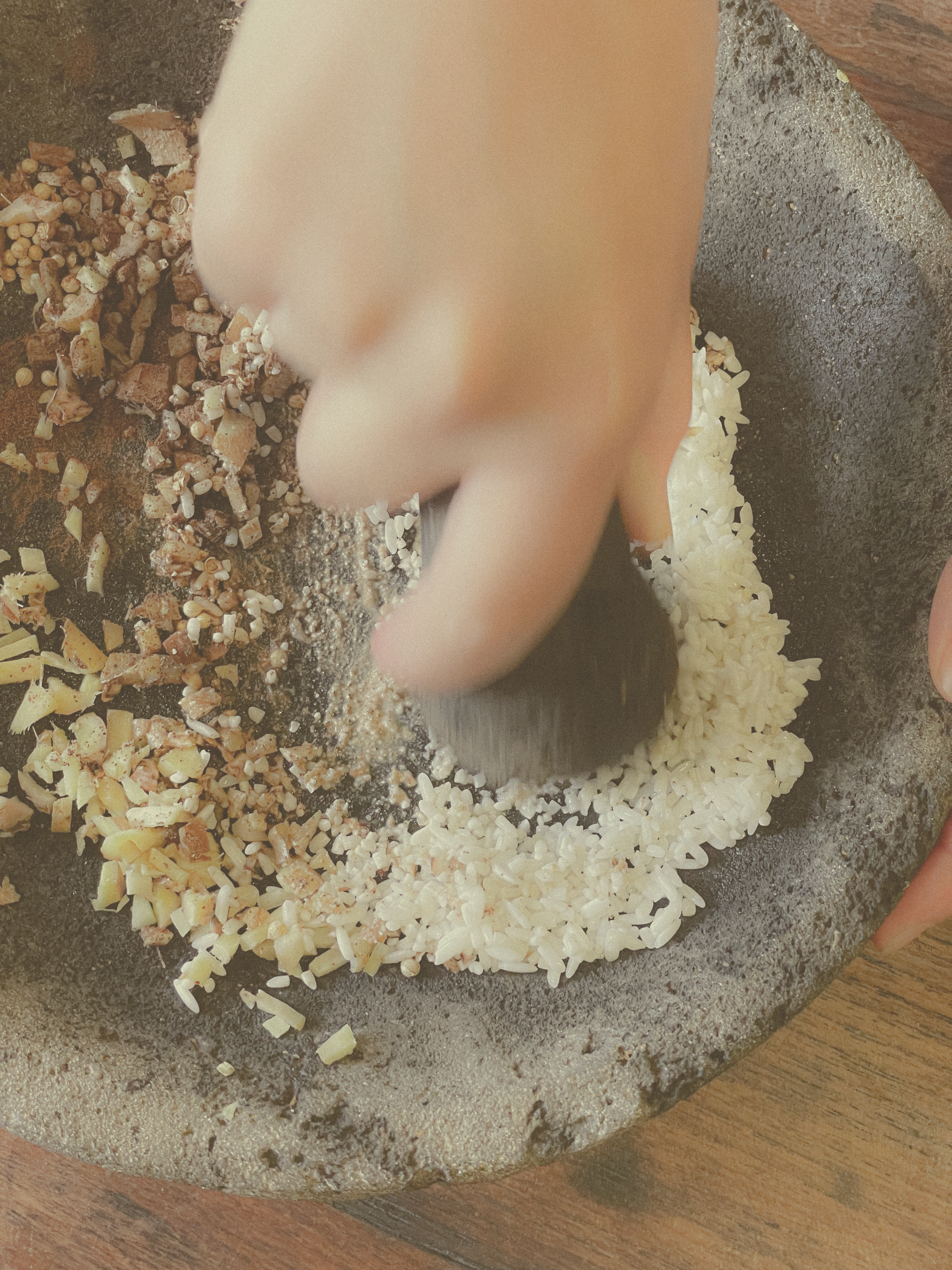

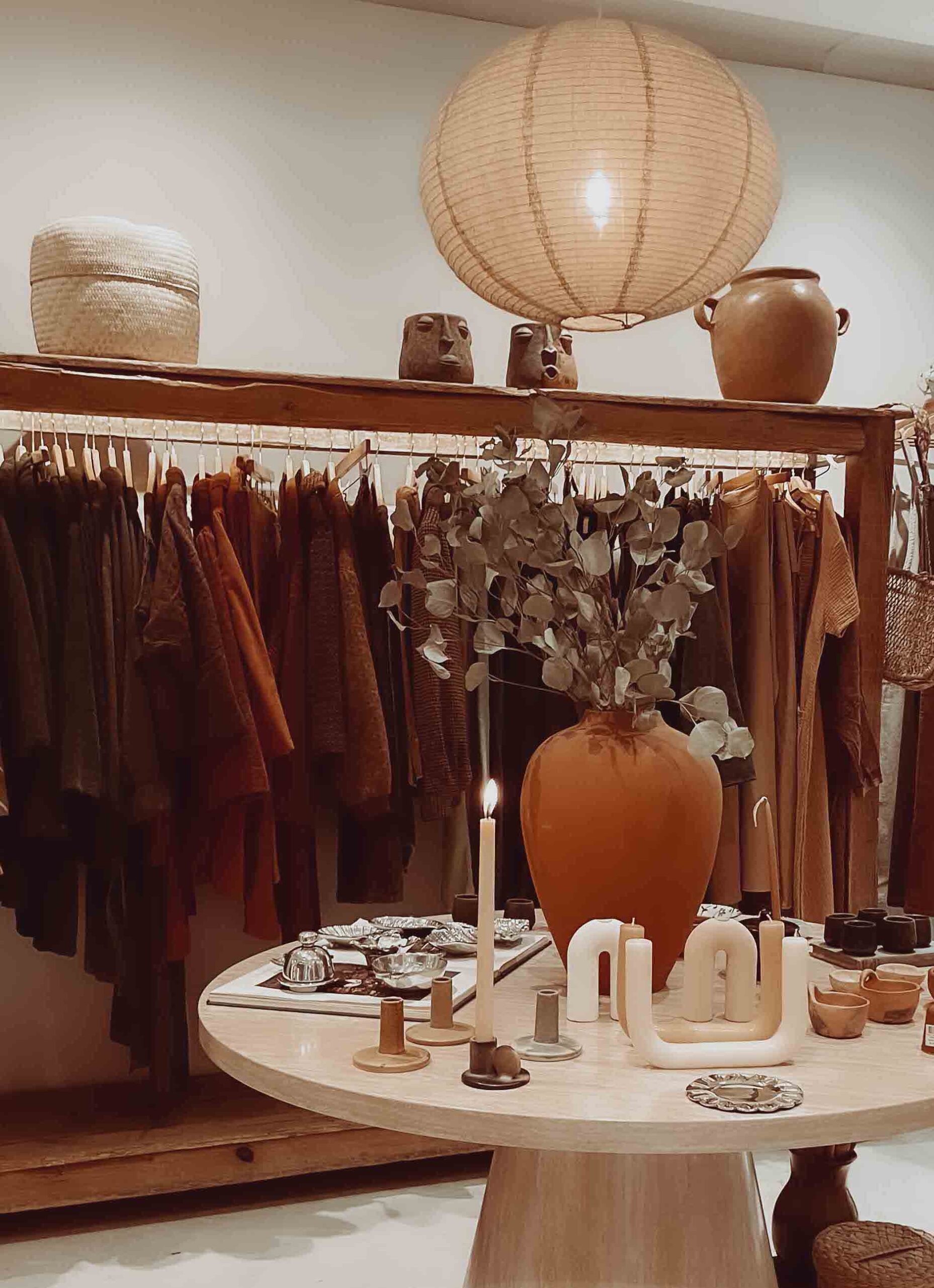
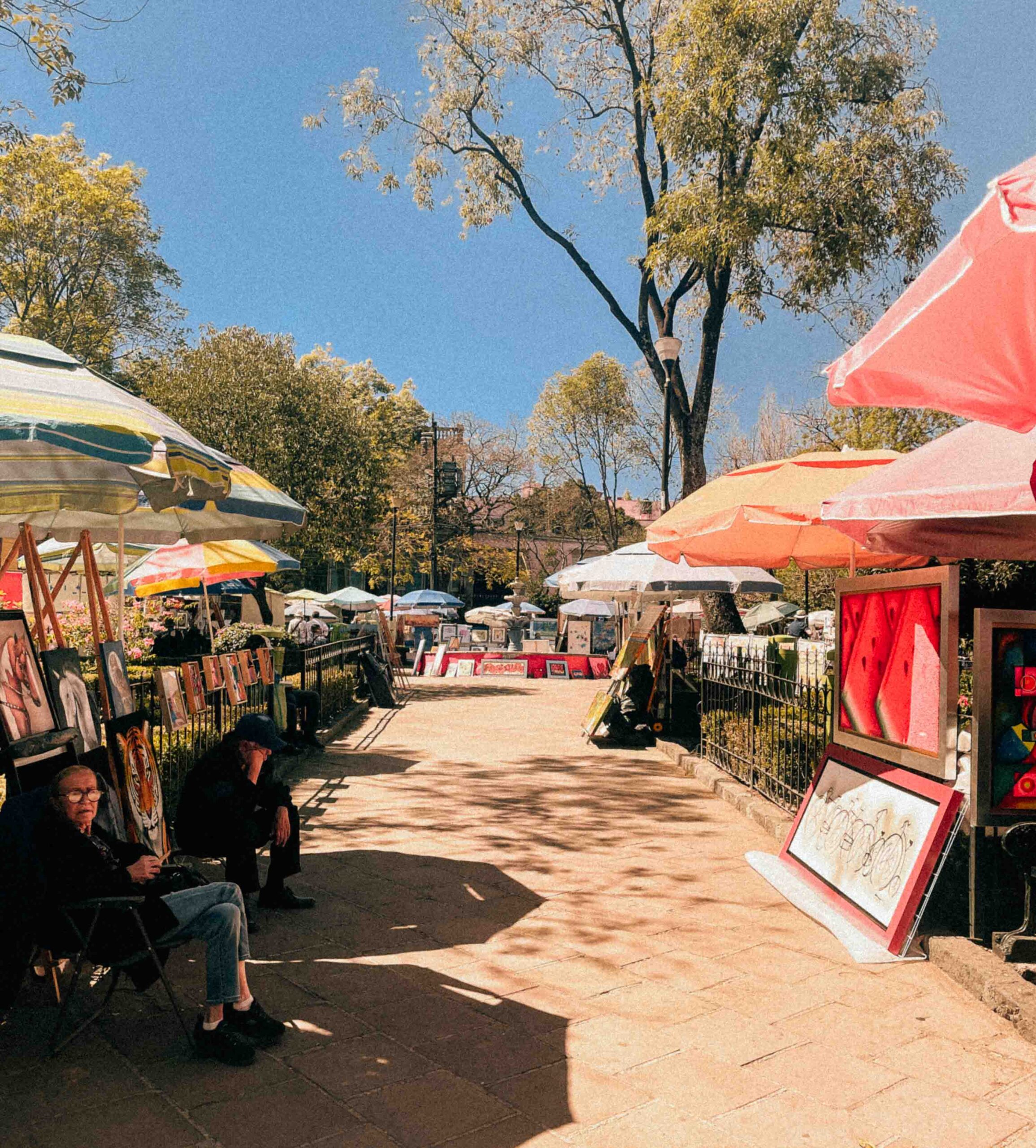
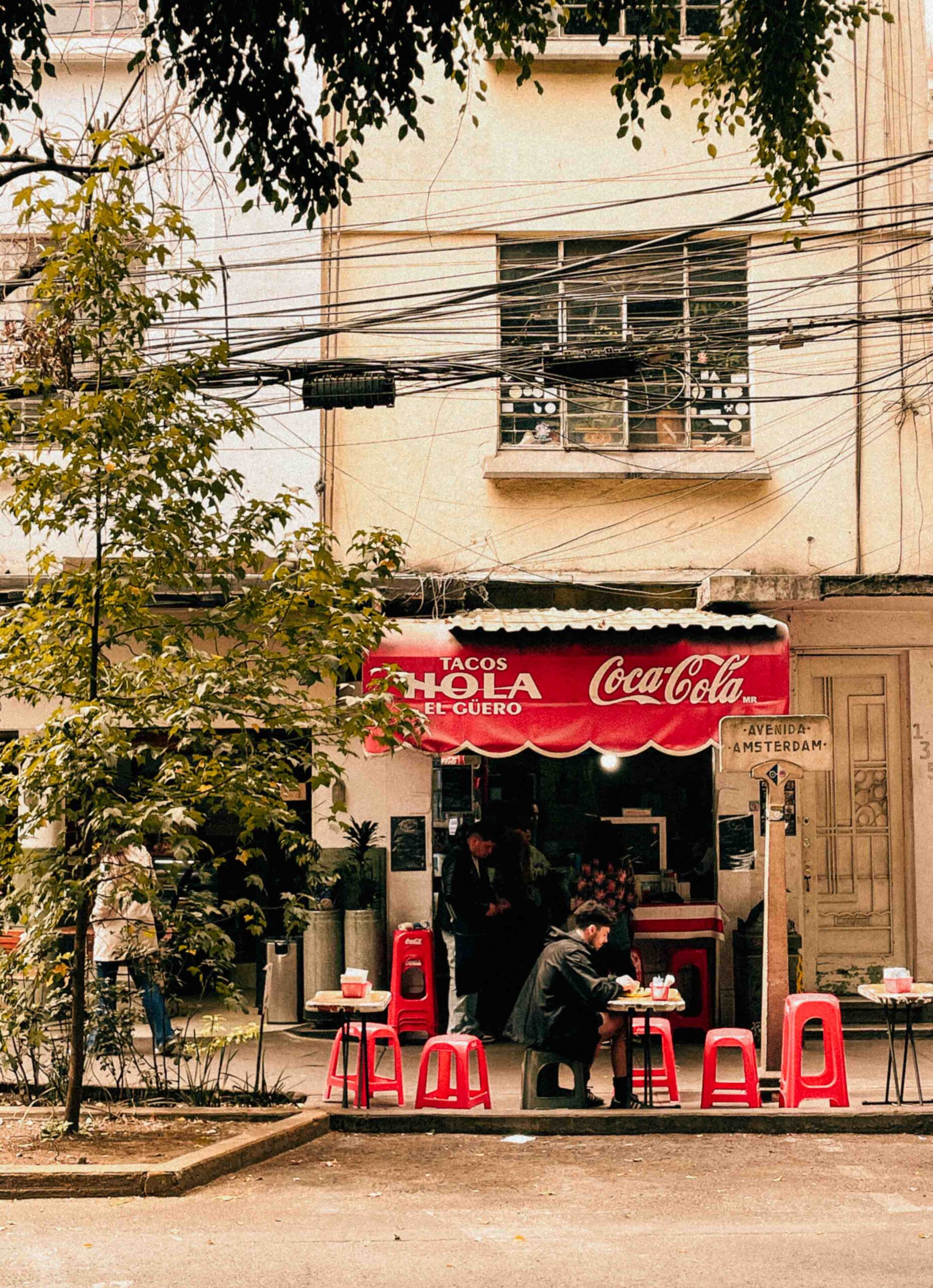
One Response